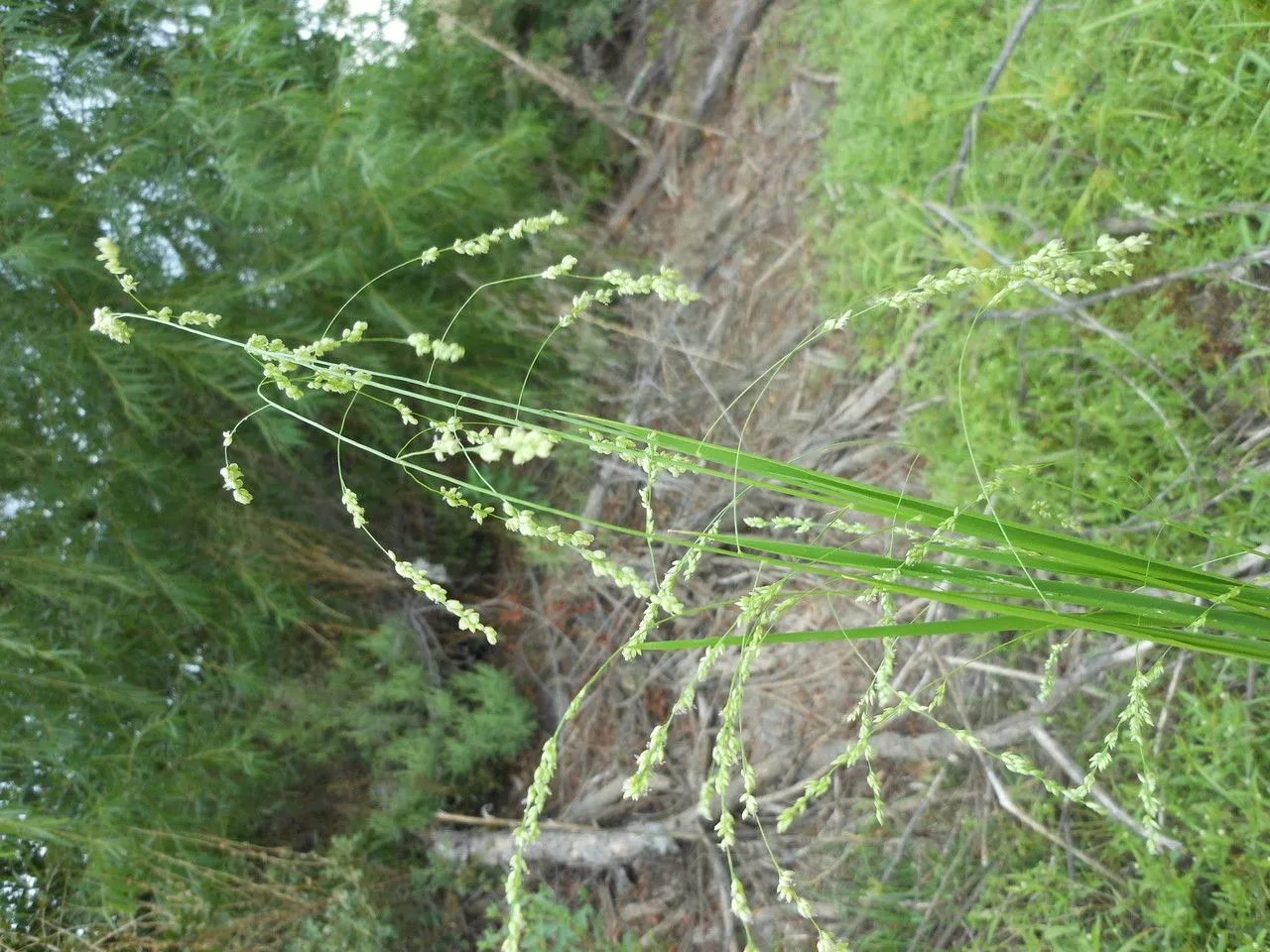
Author: (Elliott) Nash
Bibliography: J.K.Small, Fl. S.E. U.S.: 105 (1903)
Year: 1903
Status: accepted
Rank: species
Genus: Steinchisma
Vegetable: False
Observations: C. U.S.A. to Trop. America
Gaping panic grass, scientifically known as Steinchisma hians, is an intriguing member of the Poaceae family. This species was first described by J.K. Small in his extensive work “Flora of the Southeastern United States” in 1903. The plant’s nomenclature, attributed to Elliott and later revised by Nash, underscores its recognition and importance within botanical literature.
Native to regions spanning from the central United States down to Tropical America, gaping panic grass displays a versatile adaptability to different climates and environments. This grass is often found thriving in various ecosystems, contributing to the biodiversity and ecological balance in its native habitats.
Visually, Steinchisma hians may be characterized by its distinctive, slightly open or “gaping” spikelets, which is reflected in its common name. This trait aids in distinguishing it from other grass species within the Poaceae family. Its structural form and reproductive features play a significant role in its ability to propagate and sustain populations across a vast geographic range.
Being a part of the Poaceae family, gaping panic grass shares functional attributes common to grasses, such as wind pollination and a propensity for forming dense tufts or clusters. These characteristics are vital for its survival and propagation, making it a resilient species within its genus.
Understanding and studying gaping panic grass not only enhances our appreciation of plant diversity but also contributes to ecological research and conservation efforts. As a grass species with broad geographical distribution, it serves as an important subject in studies related to plant ecology, biogeography, and the impacts of climate change on vegetation.
Eng: gaping panic grass
En: Gaping panic grass, Gaping Grass, GAPING PANICUM
: Gaping grass
Taken Dec 26, 2015 by EOL − Bob O’Kennon (cc-by-nc)
Taken Dec 26, 2015 by EOL − Bob O’Kennon (cc-by-nc)
© copyright of the Board of Trustees of the Royal Botanic Gardens, Kew.
Growth habit>: Graminoid
Family: Myrtaceae Author: (F.Muell.) K.D.Hill & L.A.S.Johnson Bibliography: Telopea 6: 402 (1995) Year: 1995 Status:…
Family: Rubiaceae Author: Pierre ex A.Froehner Bibliography: Notizbl. Bot. Gart. Berlin-Dahlem 1: 237 (1897) Year:…
Family: Sapindaceae Author: Koidz. Bibliography: J. Coll. Sci. Imp. Univ. Tokyo 32(1): 38 (1911) Year:…
Family: Asteraceae Author: A.Gray Bibliography: Pacif. Railr. Rep.: 107 (1857) Year: 1857 Status: accepted Rank:…
Family: Fabaceae Author: Medik. Bibliography: Vorles. Churpfälz. Phys.-Ökon. Ges. 2: 398 (1787) Year: 1787 Status:…
Family: Aspleniaceae Author: (Cav.) Alston Bibliography: Bull. Misc. Inform. Kew 1932: 309 (1932) Year: 1932…